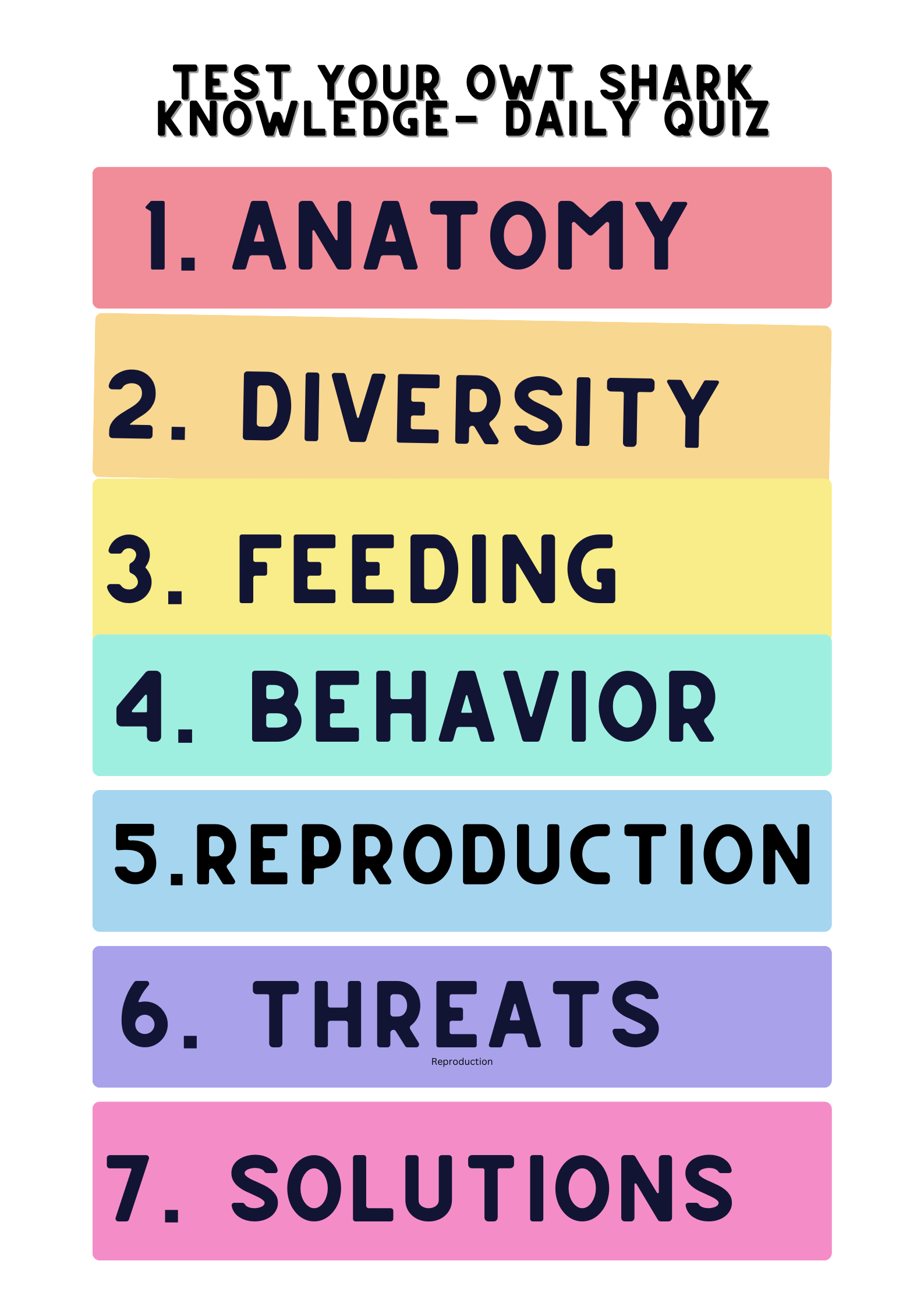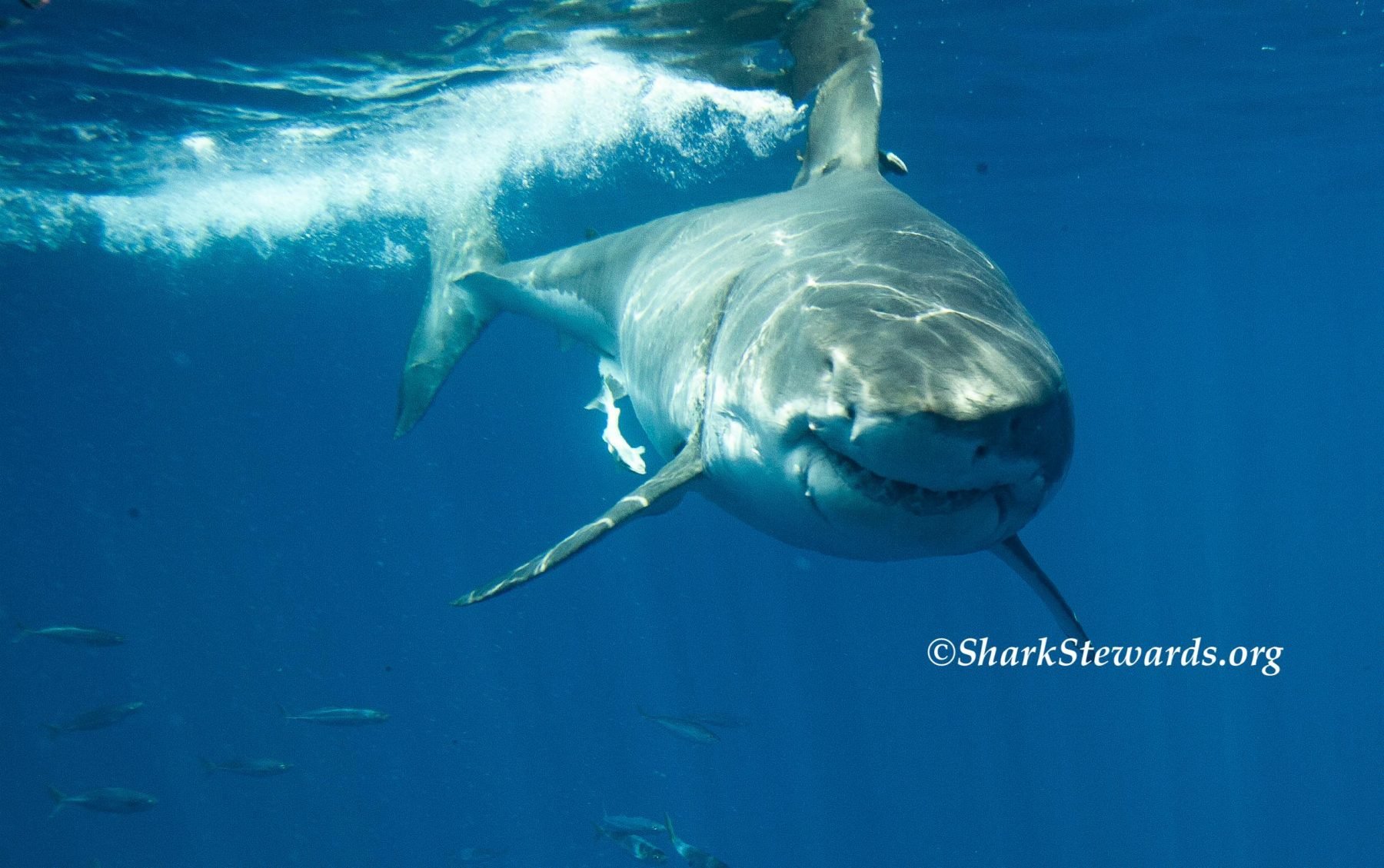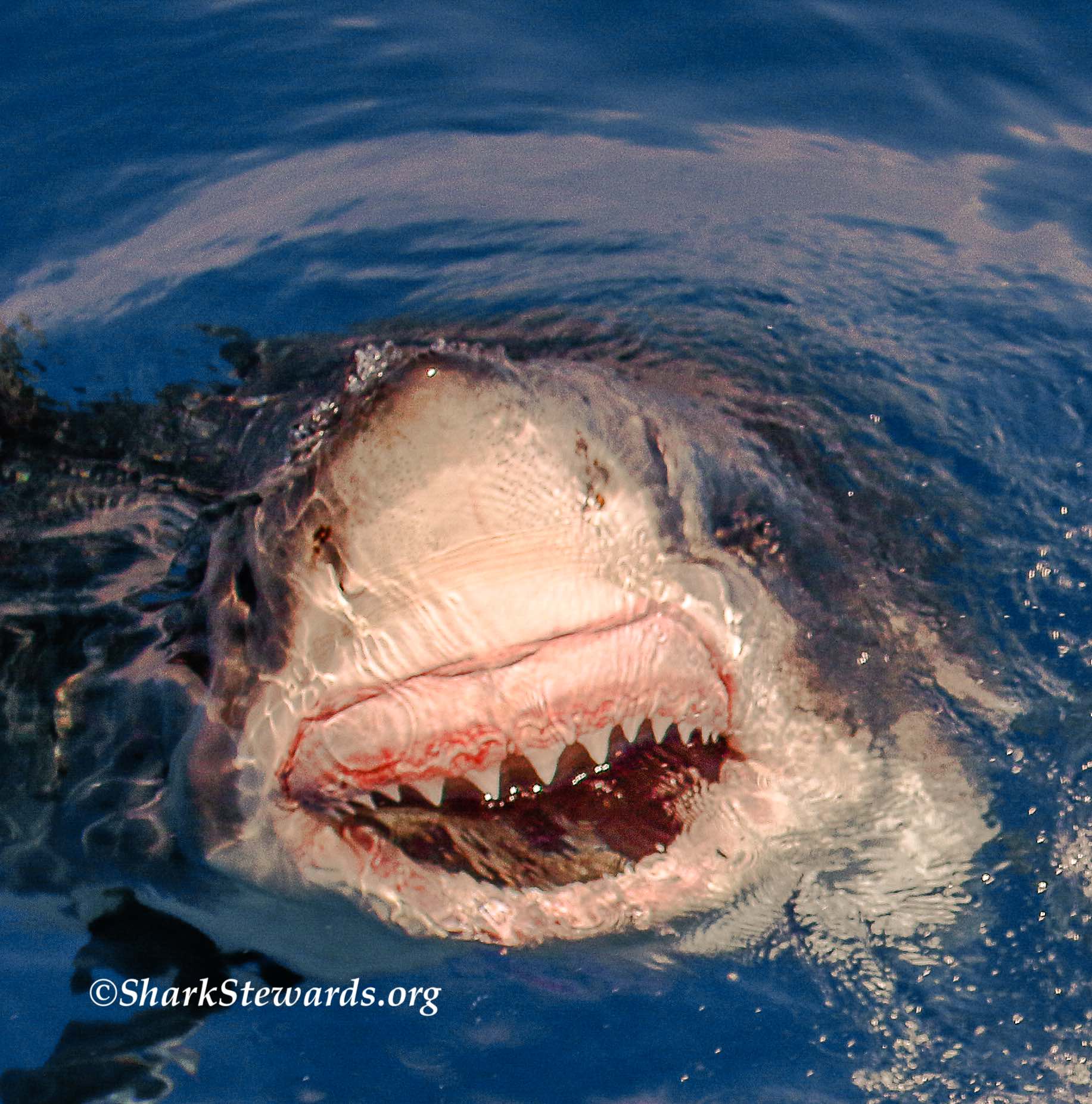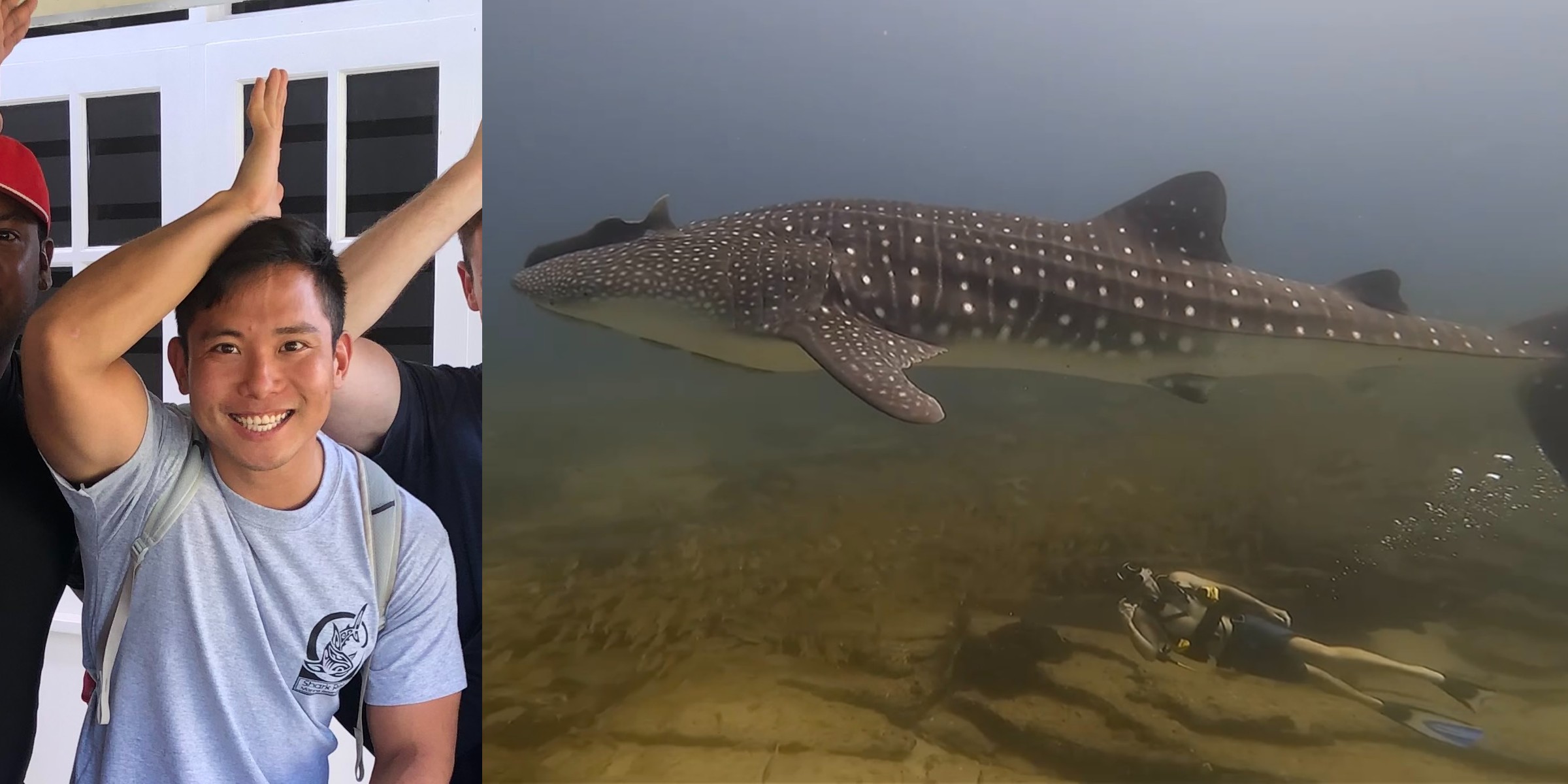The shark season is heating up early in 2024, with four incidents in Hawai’i by June. Although Maui has the notoriety of the most shark attacks in the Hawaiian Island chain, all incidents occurred on the island of Oahu thus far according to Hawaii’s Department of Aquatic Resources (DAR). Read how you can avoid getting bitten by a shark and still enjoy the ocean.
Read MoreSharks and the sustainable blue economy
Sharks play a pivotal role in ocean ecosystems, acting as apex predators that maintain the health and balance of marine environments. Their presence regulates species populations, which helps prevent the overgrazing of seagrasses and reefs by smaller marine animals.6 By promoting healthy oceanic ecosystems, sharks indirectly support fisheries and other marine industries critical to the blue economy.
Read MoreTest Your Shark Knowledge for Shark Week
Test your shark knowledge for shark week. Join us in Kona for International Shark Awareness Day for a screening of Kahu Manō our new film on Hawaii sharks, culture and traditional conservation.
Read MoreHawaii’s Spiritual Connection to the Shark
Sharks play an important role in art, legends, and even spiritual beliefs. Throughout Hawaiian folklore, stories, legends and myths feature sharks as deities and their interactions with humans. Sharks as individuals, and as symbols, are even revered by many native Hawaiians. Some species of sharks, like the Tiger shark, have a special status as ‘aumakua, or family guardians.
Read MoreTen Tips to Avoid a Shark Attack
Even in areas with a relatively healthy population of sharks with a extraordinary high ocean use by locals and visitors alike, the risk of shark attack is extremely low. Ocean goers can minimize the risk of a shark encounter by following these tips.
Read MoreAre Sharks Killing More People?
There were 69 unprovoked bites last year worldwide, and 10 of those were fatal, according to the ISAF. That was higher than the recent average of six deaths per year according to the ISAF. According to the statistics, the 2023 increase in incidents is within normal range of variation over the previous five years, according to Dr Gavin Naylor of the ISAF.
Read MoreDeadline to Comment and support the EU Shark Fin Trade Ban
June 4th 2024 is the final public comment deadline to the eu commission to end the trade of shark fin. Add your voice below. The questions are focused on policy options- selecting option 7 will have the most impact regulating trade.
Read MorePacific Tuna Fisheries Managers to Consider Bycatch Reduction for Oceanic Sharks
At the IATTC Shark Stewards Director David McGuire addressed the forum on the plight of oceanic whitetip sharks and posed the solution offered by the Hawai’i Longline Association and Western and Central Pacific Fishing Commission’s move to swap out wire leaders for monofilament so that captured sharks can bite free, while the target species of swordfish and tuna are still retained.
Read MoreCelebrating and Recognizing AAPI Contributions to Conservation- May Newsletter
May is Asian American and Pacific Islander (AAPI) Heritage Month, a time to celebrate our rich cultural heritage and contributions. However, it also provides an opportunity to address challenging topics within our communities including racism, and cultural insensitivity. Working in and among Asian and Pacific Islands, we value the cultural and ocean connections we share, with a united purpose to protect sharks and ocean habitat.
Read MorePacific Islander and Asian American Heritage Month – A Hawai’i Perspective
May is recognized as Pacific Islander and Asian American Heritage Month established to recognize the history, contributions, achievements and importance of Pacific Islanders and Asian Americans. With mixed Asian- Hawaiian blood, I represent two island peoples, both who have suffered from discrimination, but also two races who are close to ocean. In recent years I have learned about Hawaiian cultural values like pono (wisdom ) and malama, (care) for the ocean has been recognized by the state of Hawai’i.
Read More





